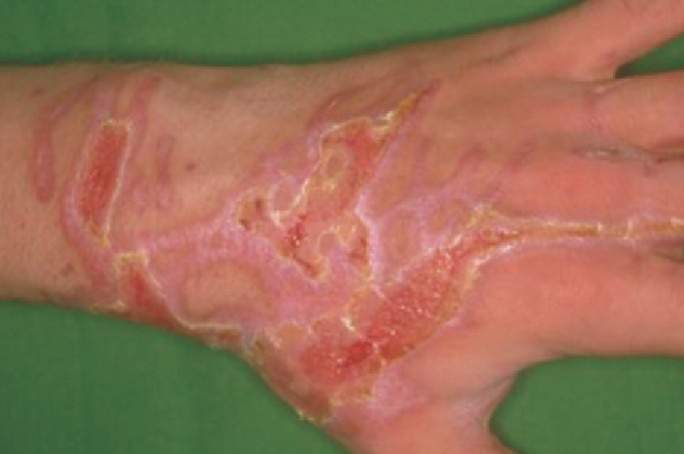What is phenol, is it toxic, harmful?
Phenol is a toxic chemical, banned for use in food. This is a solid, colorless crystal with a characteristic odor, melting at 43 ° C, very toxic, causing severe burns when it falls into the skin.
What is phenol?
Phenol and derivatives like cresyl (cresylic acid) are very common industrial substances (organic chemistry, plastics, pharmaceutical chemicals) and easy to disinfect, disinfect (1% solution). Acute poisoning occurs due to drinking concentrated solution for the purpose of suicide or by drinking wrongly.
Is phenol toxic?
Phenol is HCHC very toxic, causing severe burns when it falls into the skin.
Phenol and phenol derivatives are toxic substances that endanger human health and all living organisms.
From the perspective of the phenol environment and phenol derivatives are classified as contaminants . This is a relatively stable group, capable of accumulating in the organism and capable of causing acute and chronic toxicity to humans.
When penetrating into the body of phenols in general and Clophenol in particular causes many damage to different organs and systems but mainly affects the nervous system, cardiovascular system and blood.
Dangerous dose: from 2 - 5 grams. Lethal dose: over 10 grams. Effect of local corrosion and inhibition of metabolism.

Chemical burns - (Artwork).
Symptoms of phenol poisoning
Light poisoning
- Gastrointestinal disorders: vomiting, nausea, diarrhea.
- Neurological and systemic disorders: fatigue, dizziness, headache, thin and rapid loss.
- Spot: with a thick solution, causing necrosis or gangrene.
Severe poisoning
- Gastrointestinal disorders.
- Struggling, twitching, coma.
- Circulatory and respiratory disorders, severe shock.
- If death is immediate, patients may also have hepatitis, nephritis, hemoglobinuria.
Medical first aid measures when exposed to Phenol
Eye contact
Check and remove any contact lenses. When exposed to eyes, immediately flush eyes with plenty of water for at least 15 minutes and see a specialist.
Skin contact
Wash with soap and water, replace contaminated clothing, see a specialist if irritation occurs. Contaminated clothing must be cleaned before reuse.
Breathe in
If breathing is difficult, provide oxygen to the victim. If inhaled, take the victim to a cool room. Call emergency services if respiratory problems do not improve.
Swallow
Avoid letting the victim vomit unless medical help is provided, never use the mouth to breathe the victim. If swallowing is large, call emergency immediately. Loosen clothes, collars, belts, ties .
- How to identify phenol poisoned fish
- Phenol in olive oil inhibits harmful genes
- How phenol and cyanide destroy health
- 7 items everyone knows are toxic but still used daily
- Best news aggregation for June 3
- How is the earth if plastic bags disappear?
- How dangerous is flares?
- Tobacco contains extremely toxic Polonium-210 radioactive material
- Hanoi: Radon toxic gas?
- Scientists have discovered the unexpected benefits of grapes
- Name the top top foods that cause liver damage
- The assassin hid under the mask for 10 days inhaling Beijing's air
 Green tea cleans teeth better than mouthwash?
Green tea cleans teeth better than mouthwash? Death kiss: This is why you should not let anyone kiss your baby's lips
Death kiss: This is why you should not let anyone kiss your baby's lips What is salmonellosis?
What is salmonellosis? Caution should be exercised when using aloe vera through eating and drinking
Caution should be exercised when using aloe vera through eating and drinking